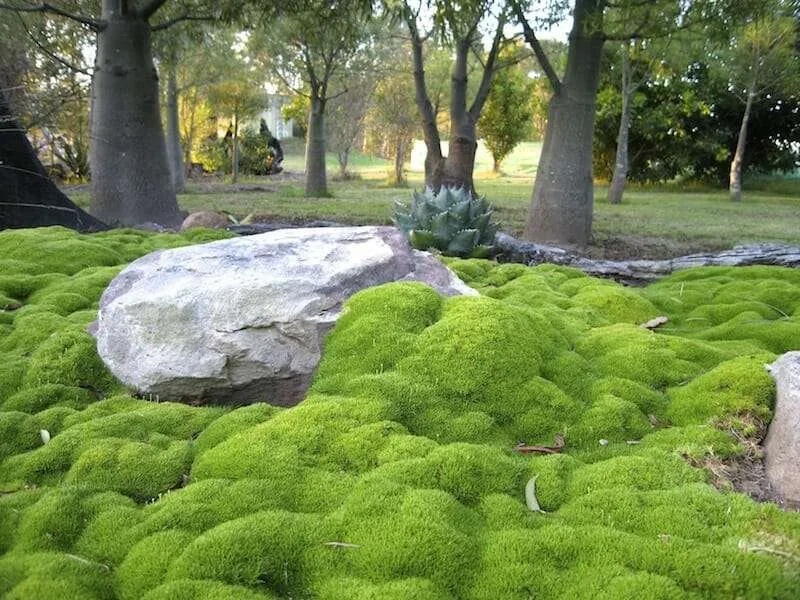Candytuft, Iberis sempervirens
Maybe in my next life, I’ll have the job of naming plants. I’ll get to contemplate petals and leaves and dream up charming and creative monikers to describe them. I bet whoever named candytuft saw the cute white blossoms and smelled their subtle fragrance and thought: This is as sweet as candy! Actually, though, the name is said to have originated from the word ‘Candia’, an early name for the island of Crete, where the plants were first sourced before being brought to England.
Regardless of its meaning, candytuft is a strong spring-blooming perennial that makes a superb addition to the garden.
Please keep reading to learn more about this attractive ground cover:

Hardy to USDA Zones 3-9 and native to Southern Europe and parts of the Mediterranean coast, this ground-hugging perennial creates a low, compact mat of emerald green leaves only 6 to 12 inches high and spreading to 12 to 35 inches wide. In late spring to early summer, candytuft gets overtaken with lightly fragrant, pure white blossoms.
You have to love a tough, low-maintenance ground cover that also produces rounds of delicate-looking flowers. For the best results, plant candytuft in April or in the fall and always properly space your plants. (I recommend planting them 12 to 18 inches apart to ensure proper air flow, which hopefully keeps fungal disease away.) And avoid using overhead sprayers to water candytuft, as its stems and leaves should stay mostly dry. Pro Tip: drip irrigation is a more efficient and targeted method of watering anyway.

To encourage re-blooming, I lightly shear the plants after the first round of flowers have faded. Also, because candytuft produces sprawling stems that root where they touch the ground, you can carefully divide the plant and transplant your division elsewhere in the garden. And remember, always do any plant dividing and replanting on a cool spring or fall day to minimize transplant shock.
Cheat Sheet

- Candytuft’s low-growing habit means it’s perfect to edge a border or to weave throughout a perennial bed.
- Needing little water once established, this perennial can be a surprising addition to rock gardens.
- A good filler plant in containers, especially when spring bulbs are involved.
- Works well on gentle slopes because of its scrambling, ground-hugging habit.
- Consider adding the bright white flower to a moon garden.
- Attracts bees and butterflies with its sweet nectar and luckily is not a favorite of browsing deer.
Keep It Alive

- Plant candytuft in well-draining, gravelly soil—remember, it hails from a dry Mediterranean climate. If planted in soggy, clay-filled soil then it can be susceptible to crown rot. Pro Tip: Of course you can add organic matter to enhance drainage, but it’s usually best to pick plants that will thrive naturally in spots without needing too much soil intervention.
- Candytuft prefers slightly moist to dry conditions and becomes more drought-tolerant as it settles in.
- Full sun (six-plus hours) is best to produce the most blooms and to prevent it from becoming leggy. Part sun is tolerated but the plant might not flower as much.
- To keep it tidy and encourage new growth, make sure to prune your plant right after it blooms.
- In the winter, add a layer of mulch around its base to help prevent any damage from winter burn, freezing temps, or harsh winds.
For other ground covers, see:












Have a Question or Comment About This Post?
Join the conversation (0)